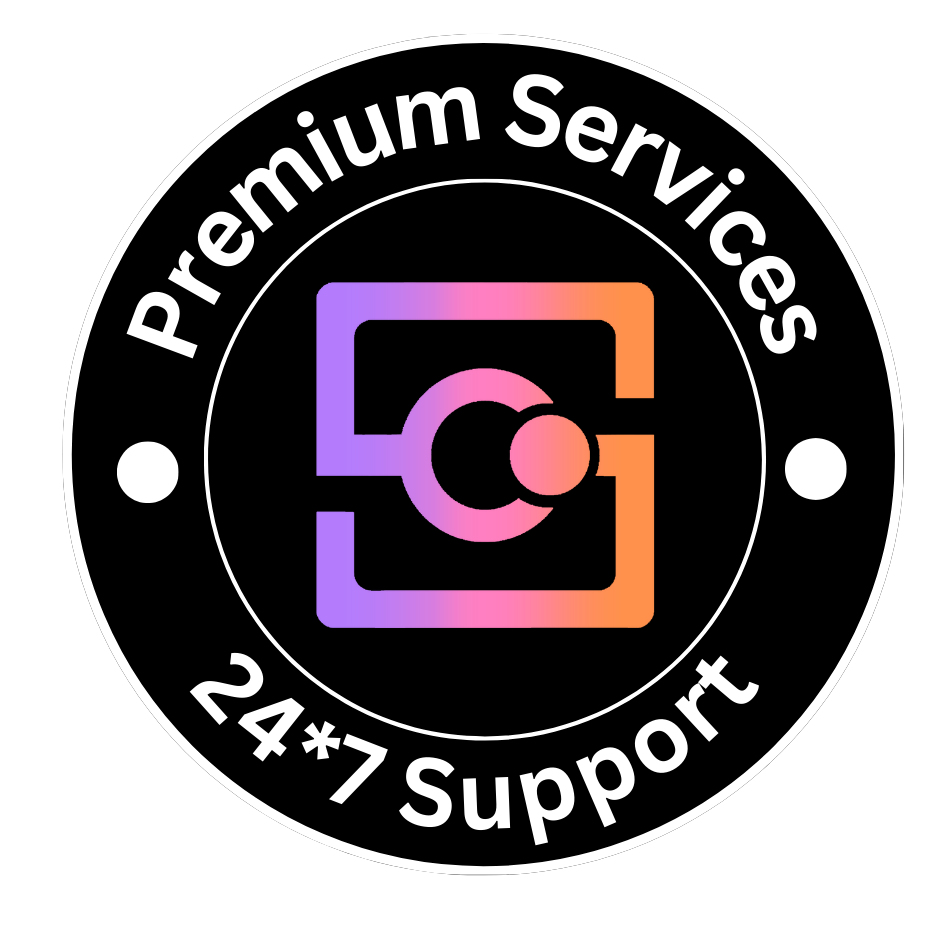10 Proven Strategies for Optimizing Your Google Ads To Boost Performance
In the dynamic world of digital marketing, Google Ads remains a cornerstone for driving targeted traffic and increasing conversions. However, simply running ads is not enough. To truly leverage the power of Google Ads, optimization is key. Here are ten proven strategies to help you get the most out of your Google Ads campaigns.
1. Define Clear Goals
Before diving into the complexities of Google Ads, it’s essential to establish clear, measurable goals. Whether it’s increasing website traffic, boosting sales, or generating leads, having a well-defined objective will guide your campaign structure and optimization efforts. Utilize the SMART criteria (Specific, Measurable, Achievable, Relevant, Time-bound) to set your goals.
2. Conduct Thorough Keyword Research
Keyword research is the backbone of any successful Google Ads campaign. Tools like Google Keyword Planner, SEMrush, and Ahrefs can help you identify high-volume, low-competition keywords relevant to your business. Focus on a mix of short-tail and long-tail keywords to capture a broad audience and specific search intents. Additionally, continually refine your keyword list based on performance data.
3. Optimize Ad Copy
Crafting compelling ad copy is crucial for attracting clicks. Your ads should be clear, concise, and highlight unique selling points (USPs). Use strong call-to-actions (CTAs) to encourage users to take the desired action. Incorporate keywords naturally into your ad copy to improve relevance and Quality Score. Regularly A/B test different ad variations to see which performs best.
4. Utilize Ad Extensions
Ad extensions enhance your ads by providing additional information and increasing visibility. Use various ad extensions like sitelink, callout, structured snippets, and call extensions to give users more reasons to click on your ad. Ad extensions not only improve the user experience but also contribute to a higher Quality Score, reducing your cost-per-click (CPC).
5. Segment Your Audience
Audience segmentation allows you to tailor your ads to specific groups of users based on demographics, interests, and behaviors. Use Google Ads’ audience targeting features to create custom audiences and remarketing lists. This ensures your ads are more relevant to the viewers, increasing the likelihood of conversions. Continuously monitor and refine your audience segments to maximize effectiveness.
6. Leverage Negative Keywords
Negative keywords are just as important as the keywords you bid on. They prevent your ads from showing up for irrelevant searches, saving your budget for more qualified clicks. Regularly review your search terms report to identify and add negative keywords. This will help improve your click-through rate (CTR) and ensure your ads reach the right audience.
7. Optimize Landing Pages
A well-optimized landing page can significantly boost your conversion rate. Ensure your landing pages are relevant to your ad copy and keywords. They should load quickly, be mobile-friendly, and have a clear CTA. A/B test different landing page elements like headlines, images, and forms to determine what resonates best with your audience.
8. Monitor and Adjust Bids
Bid management is a critical aspect of Google Ads optimization. Use automated bidding strategies like Target CPA (Cost Per Acquisition) or Target ROAS (Return on Ad Spend) to optimize bids based on your goals. Regularly monitor your bids and adjust them based on performance data. This will help you maximize your budget and achieve better results.
9. Analyze Performance Data
Consistent analysis of your campaign performance is vital for optimization. Use Google Ads and Google Analytics to track key metrics such as CTR, conversion rate, CPC, and return on investment (ROI). Identify trends and patterns in your data to make informed decisions. Set up custom reports and dashboards to get a comprehensive view of your campaign performance.
10. Stay Updated with Google Ads Features
Google Ads constantly evolves with new features and updates. Staying informed about these changes can give you a competitive edge. Subscribe to Google Ads blogs, attend webinars, and participate in forums to keep up with the latest trends and best practices. Experiment with new features and strategies to see how they can benefit your campaigns.
Conclusion
Optimizing your Google Ads campaigns is an ongoing process that requires attention to detail and a willingness to adapt. By implementing these ten strategies, you can enhance your campaign’s performance, drive more qualified traffic, and ultimately achieve your business goals. Remember, continuous learning and improvement is the key to success with Google Ads. The Ultimate Guide to Mastering Google Ads for Your Business. Happy optimizing!





